Good knives are an essential tool for any kitchen. Buying quality knives is almost always advisable, as good knives last a lifetime. However, a prerequisite for this is proper care. How to use and care for a knife properly, you will learn in the following tip.
Rules for the care and use of knives
1. High-quality knives do not belong in the dishwasher!
This is one of the most important rules. Even if the package description of the knife says “dishwasher safe”, all professionals advise against dishwashers.
There are several reasons for this:
- There is a very high risk that the hard water jet in the dishwasher will strike other cutlery against the knife. There is a risk of damage to the cutting edge (e.g. chipping of the steel, scratches).
- In the dishwasher, aggressive salts are used which attack the metal of the knife. Here – through the use of salt – flash rust is formed, which then settles on the knife. The dishwasher is also not good for the handle – if it is made of horn or wood. However, even when washing by hand, make sure that the knife does not strike metal (e.g., edges of pots, cutlery). This will only cause it to lose its cutting ability prematurely.
2. Rinse the knife immediately after use
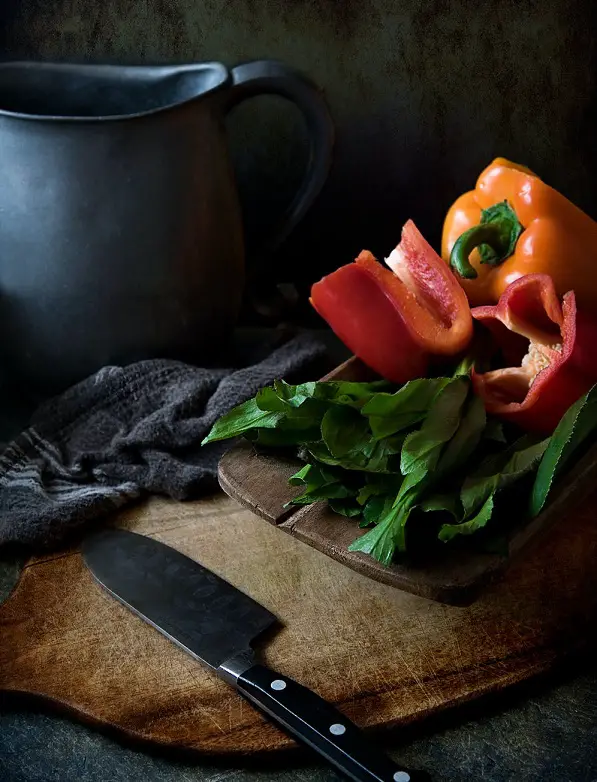
Never leave it in the rinsing water! Wash the knife by hand with lukewarm water immediately after use. Dry it thoroughly, directly after washing. This will prevent rust and stains from forming. Get into the habit of this procedure, even if you have cut something that does not contain acid.
Even though the knife steel used today is called “stainless,” this statement should be taken with a grain of salt. For example, if you put acidic substances (such as citric acid) in contact with the blade, you will notice significant corrosion damage after just one day of exposure. In addition, dried food residues on the blade are sometimes difficult to remove. So, always clean the knife as soon as possible after use.
3. Keep sharp and acidic agents away from your knife
4. Take care of the handle of your knife with oil.
If the handle of your knife is made of wood, it will become dull, brittle and may swell over time. Therefore, simply rub it with some olive oil or canola oil, even where steel has been embedded in the wood. You can also treat handles made of other materials this way when they stop shining. A drop of oil on the mechanism of folding knives can’t hurt either. Oil prevents the penetration of dirt and hand sweat and brings out the beautiful wood grains again.
5. Blades made of oxidizing carbon steel …
… must be regularly rubbed with oil after drying. For longer storage periods, the blade can be well protected from corrosion with an oil-soaked cloth. The oil protects the blade from rust and discoloration. However, do not use olive or cooking oil for this purpose. It should be an acid-free oil that does not leave any resin residue. A food-grade blade oil is recommended here.
6.Knife needs a suitable place to be stored
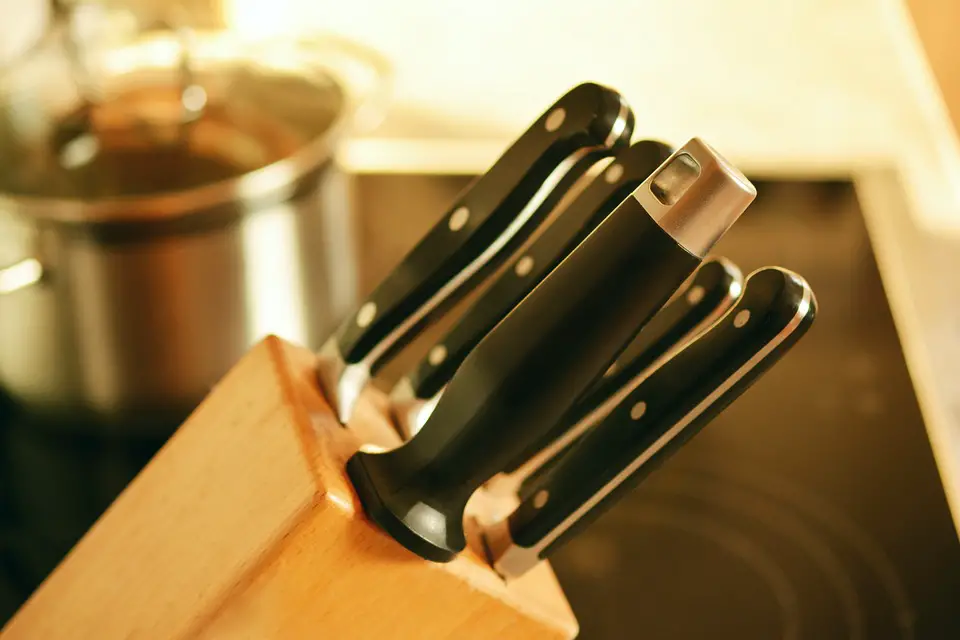
Drawers are not suitable for storing high-quality knives. They come into forced contact with other cutlery and the drawer. This makes them dull in the long run and leaves scratch marks (in which, in turn, dirt, rust, etc. can accumulate).
The following options are recommended for storing high-quality knives:
- Knife blocks: The knife block should have enough space and horizontal slots.
- Magnetic rail
Knife sheaths or a blade protector (e.g. made of felt) are available for the drawer. Alternatively, compartments can be purchased for your drawer that are true to size for the knife.
7. Only a sharp knife is a good knife
Most knives can be sharpened with a sharpening steel or fine-grained whetstone. However, be sure to pay attention to the instructions for use. There, the correct method for sharpening is described. If you no longer have an instruction manual, get information from a specialty store. Top chefs, for example, make sure to strip their knives before each use.
8. Make sure you use the right cutting surface.
Use plastic or wooden cutting boards. Glass cutting boards, marble slabs or granite are not recommended because they are too hard and put too much stress on the knife.
9. Knife is for cutting
Use your knife only for cutting! Herbs can be cut very finely with a good knife. Never use a good knife for cutting bones or chopping. A cleaver is much better for that.
When cutting, grip the knife with your whole hand. Avoid placing your index finger on the back of the knife. Many people do this to put more pressure on the knife, but this is not necessary with quality knives. It is only lightly guided and cuts virtually by itself with a pulling cut through the food. A distinction is made between the following types of cut:
-
- Horizontal cut: cut vegetables (e.g. head of lettuce) horizontally, i.e. apply an even pressure from top to bottom on the rear part of the blade.
- Cradle cut: The cradle cut is suitable for chopping herbs. Apply up and down movements to your knife, from the tip of the blade to the end of the blade.
- Uniform cut: It is suitable for cutting a carrot into small pieces, for example. The tip of the knife always remains on the base. The hand guiding the knife determines the cutting width. The other hand serves as a guide. Make sure that your fingers are slightly curved. Otherwise there is a risk of cutting yourself.
- Long cut: It is used e.g. for coarse chopping of potatoes (or onions). Here, primarily the tip of the blade is used for cutting. It is made in a top-to-bottom motion and cuts the vegetables into small pieces.
Every day there are cooking shows on TV where you can watch an amateur or top chefs cutting. Take a look at their cutting techniques. They are not hard to learn and speed comes with practice.
Have fun cooking!

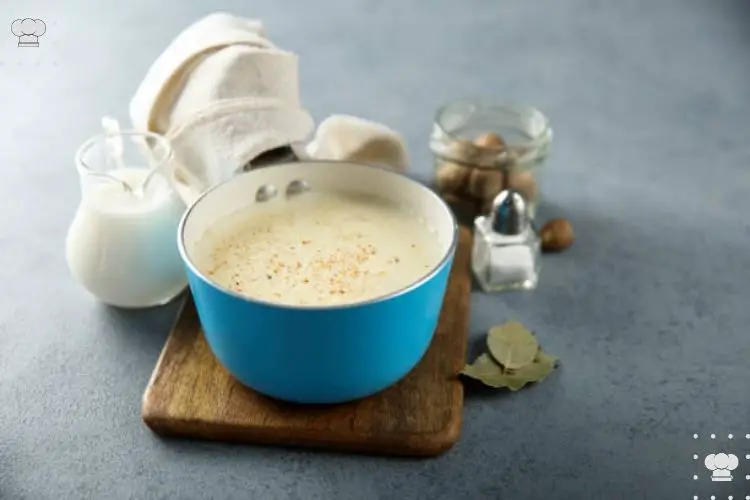
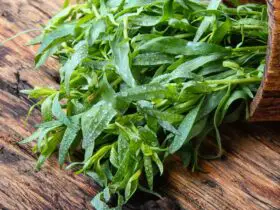
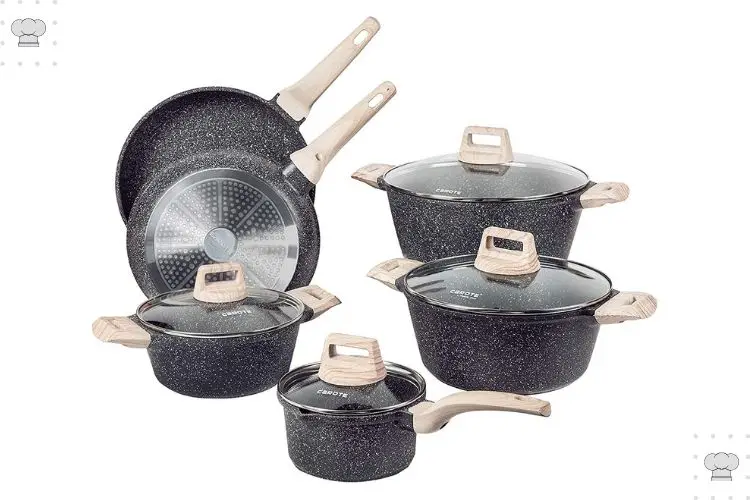
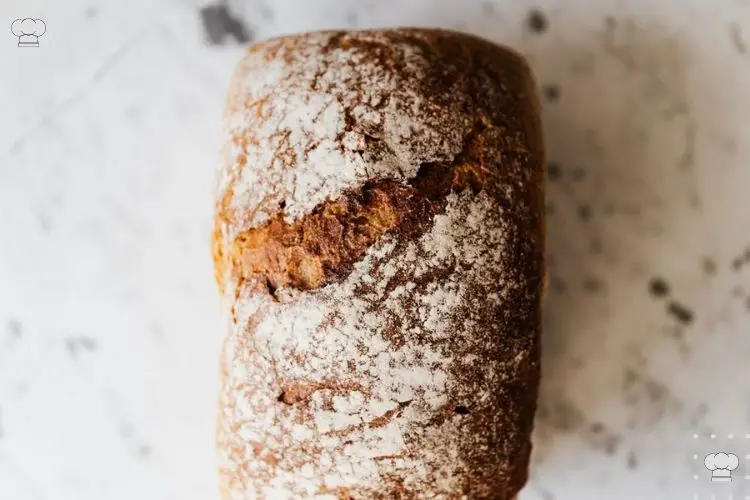
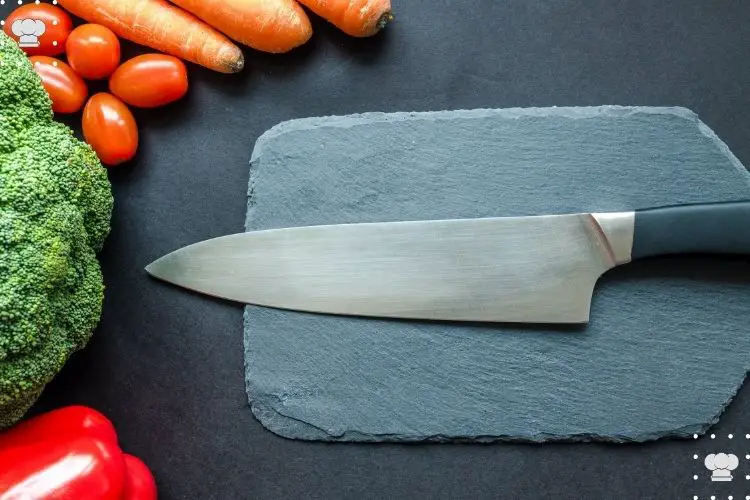
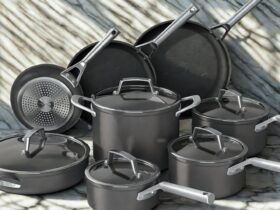

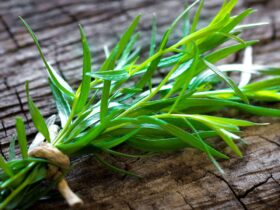


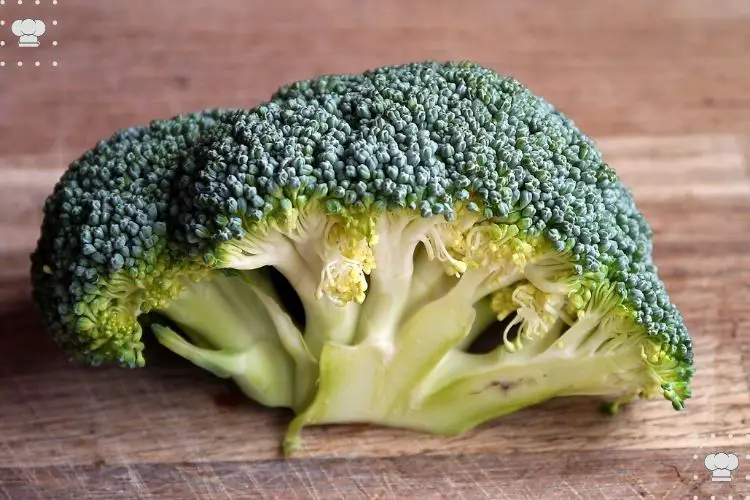
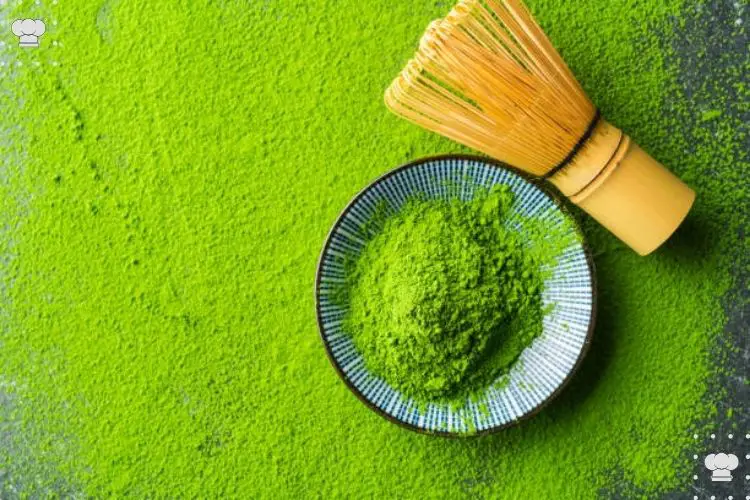
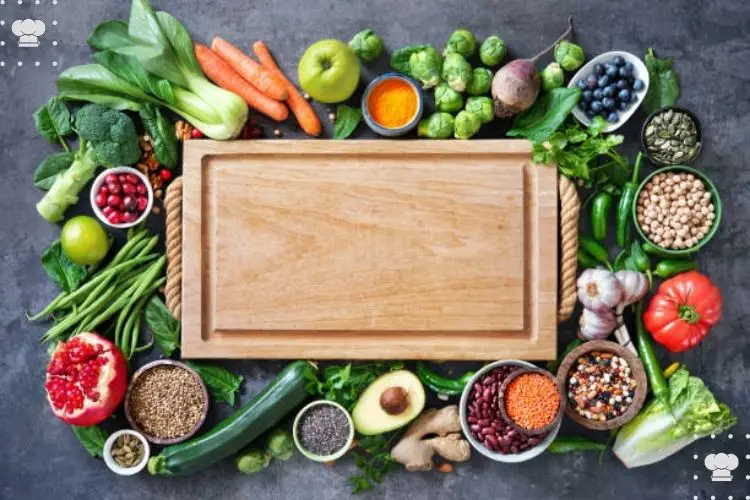
Leave a Reply